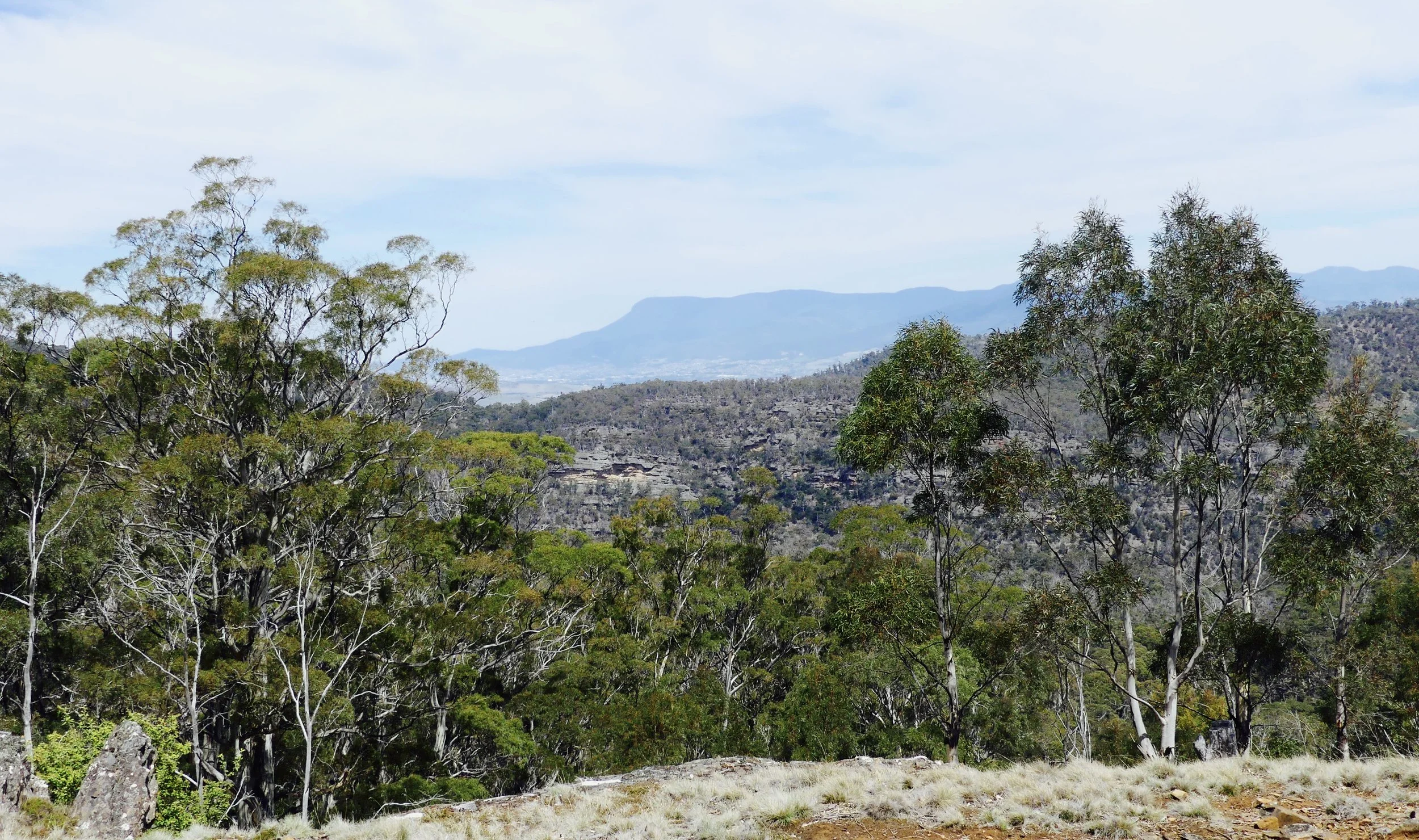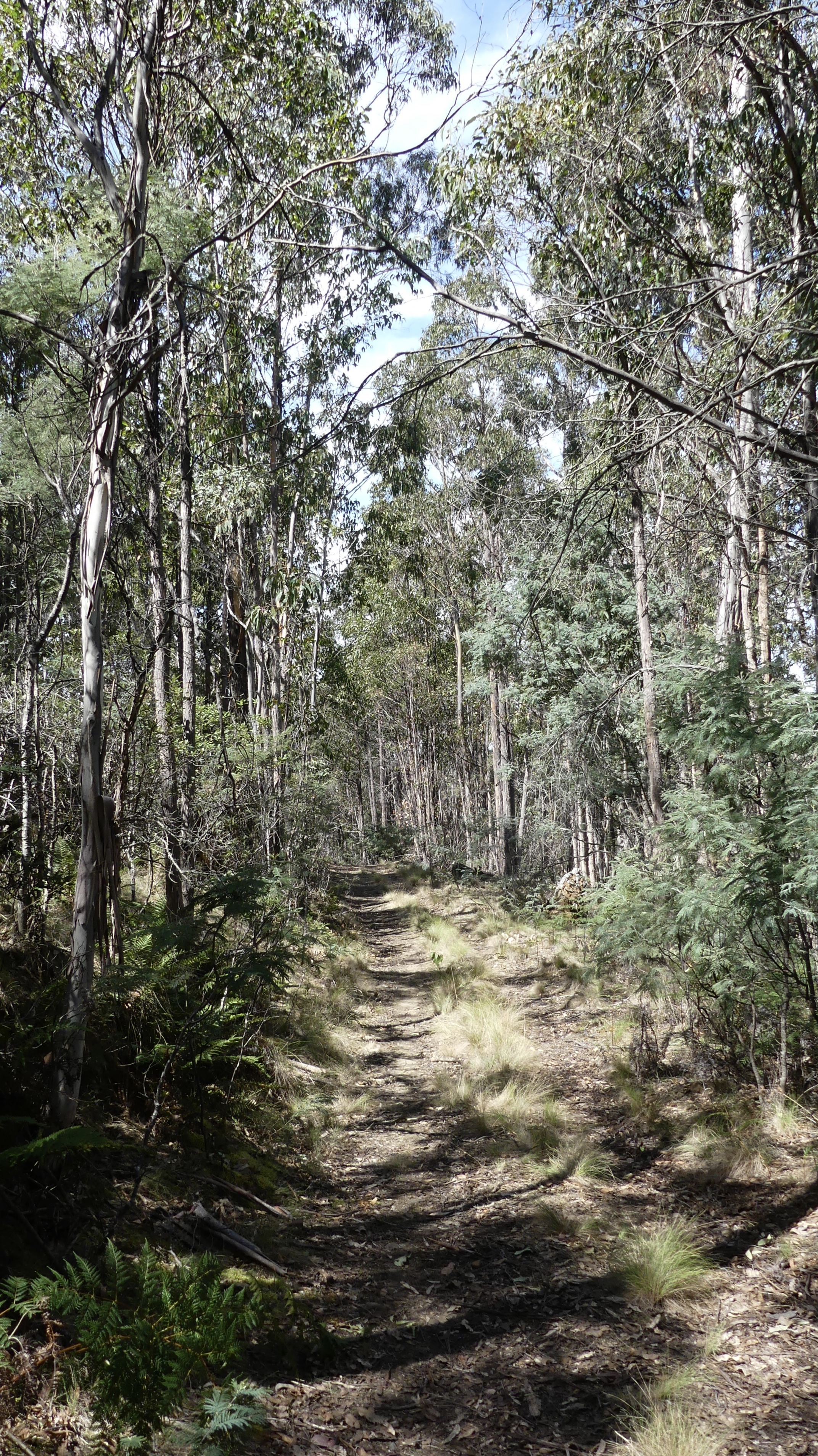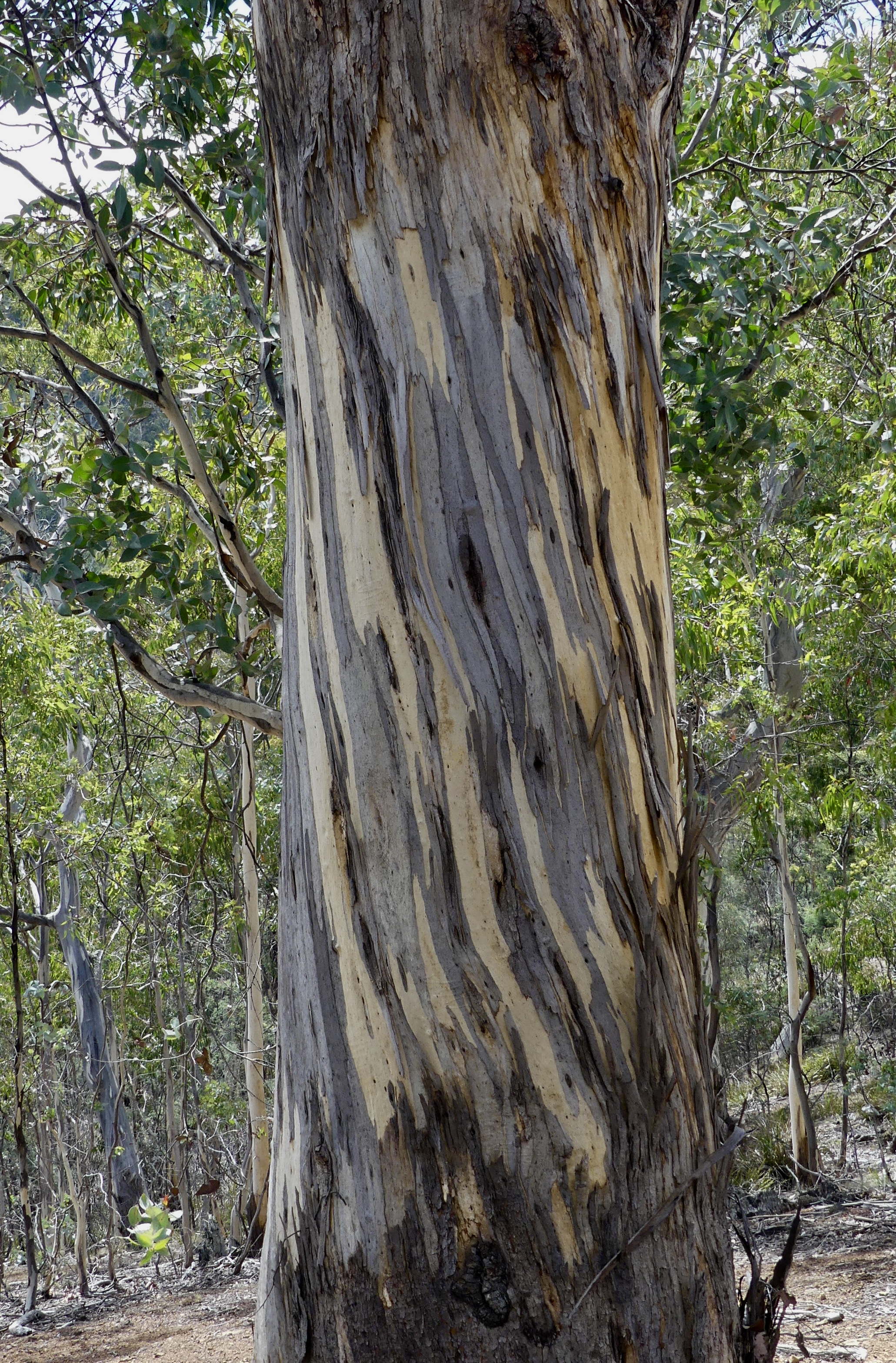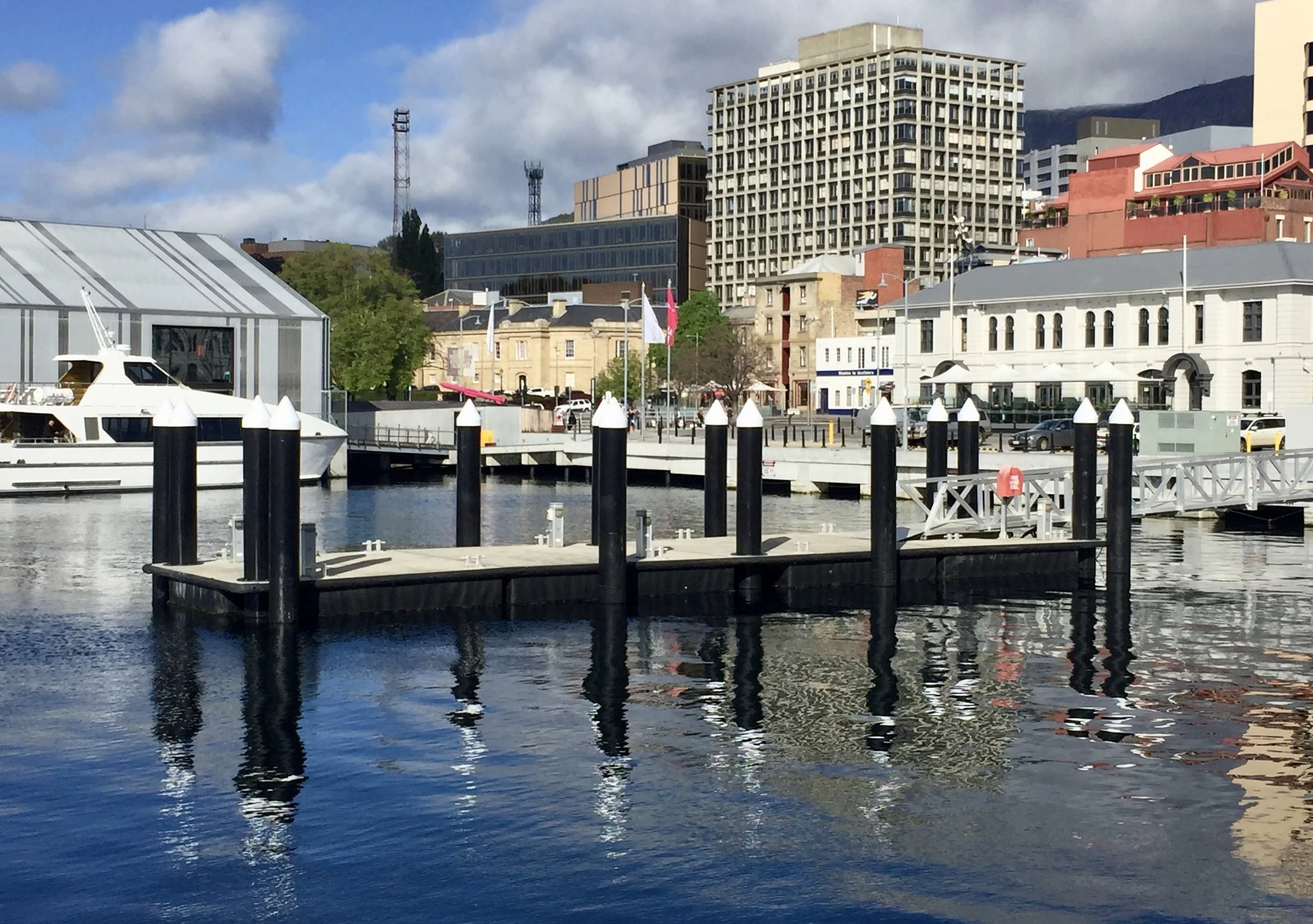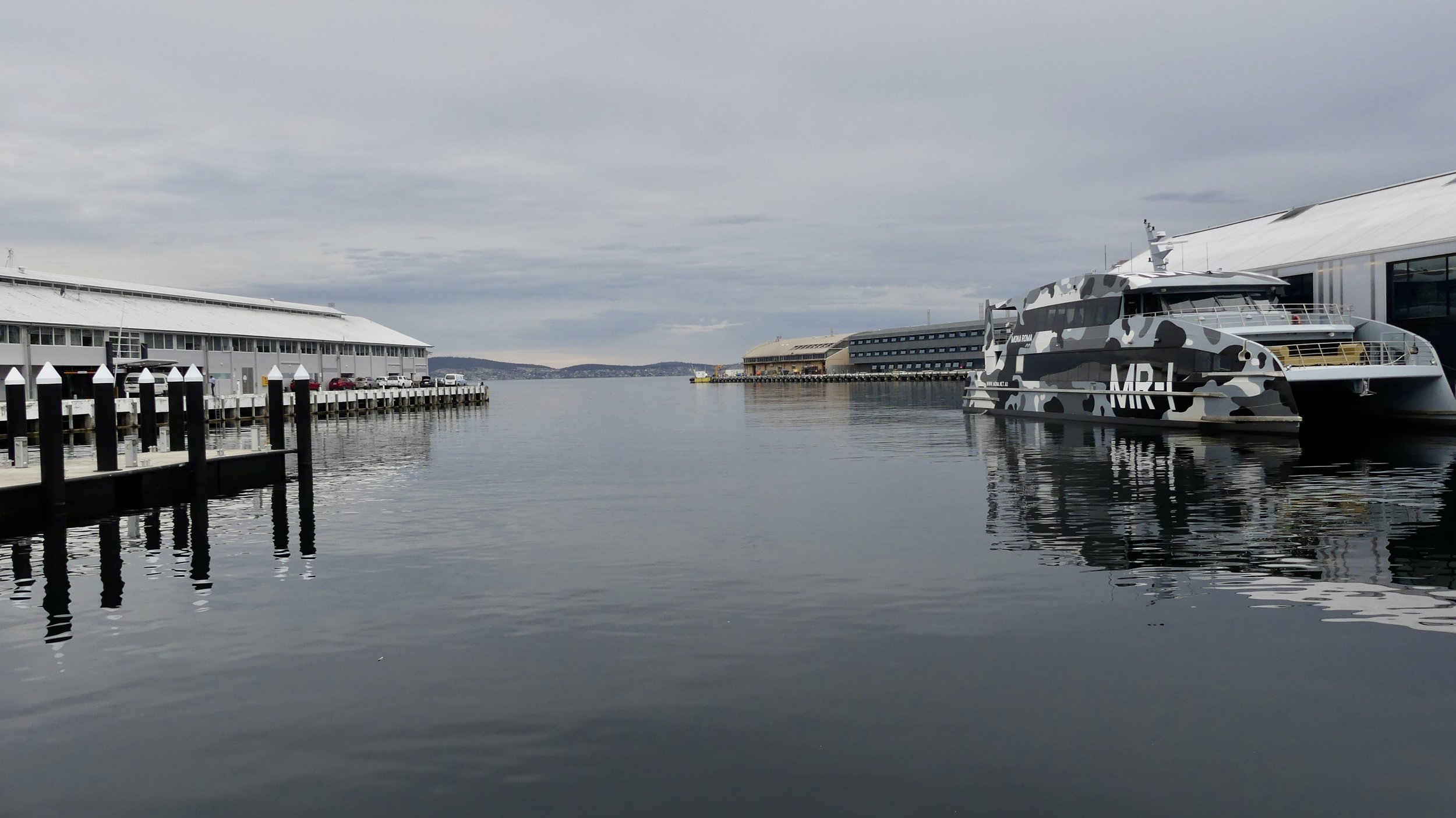Revisiting Hobart, valuing nature
The National Private Land Conservation Conference last month gave Hobart and I a chance to renew our acquaintance. You'll remember our relationship didn't get off to a good start. This time I did not visit at the height of summer school holidays, and I stayed away from pretentious gallery exhibits.
The Conference was hosted by Tasmanian Land Conservancy (TLC) and entitled Valuing Nature. For environmentalists, raising the profile of how we value and preserve our natural surroundings is of immediate and major concern. This gathering was a must-attend.
First, we had to familiarise ourselves with terminology that doesn't always sit easily with a more aesthetic appreciation of the natural world.
The National Australia Bank was a 'principal supporter' of the conference, and among the first morning's speakers was James Bentley, 'Manager, Natural Value' at NAB, which considers itself the 'most important agribusiness bank' in Australia. James introduced us early to the idea of natural capital, the planet's stock of living organisms and the ecosystems that support them. Healthy ecosystems provide society with essential 'services' such as clean water, nourishing soils, renewable energy, pollination and pest control.
Bank accounting based on natural capital will play an ever increasing role in agribusiness in future, NAB believes. To maximise the value of an agricultural property, one must reduce risk in order to attract investment. Soil health is a key priority when building resilience into natural systems; and resilience is a foundation stone of business activity. Ecosystem specialists now have roles in banks, and financial management systems are a part of land restoration projects.
Two days of conference were preceded by a field trip to Flat Rock Reserve in Tasmania's Southern Midlands region, recognised internationally as a biodiversity hotspot. The Reserve covers 455 hectares and abuts Chauncy Vale Wildlife Sanctuary, founded in 1946: we walked through areas of each. Flat Rock land was previously owned by Tassie logging company Gunns and was worked in parts until the mid-1980s. Years of negotiation between Gunns and Southern Midlands Council, and later the involvement of TLC, finally brought about its protection, in 2006. TLC facilitated funding through Australia's National Reserve System Programme and Tasmania's Private Forest Reserve Programme as well as their regular donors.
After that, the hard graft started, clearing rubbish and weeds. For years the area had been used as a dump – including for cars and large unwanted household items. Local schoolchildren became recruits in the re-education of their grown-ups.
There were some wonderful bark patterns during our six-kilometre hike.
It was unusually hot, over 30 degrees, and sunny. Hats, water and shady spots were at a premium. Late morning, there was a half-hour's steep climb to Western Lookout, where we ate lunch while admiring stunning vistas.
Looking towards Mount Wellington
Looking towards Mount Field and snow-capped peaks
We were introduced to Open Standards for the Practice of Conservation, adaptive management techniques for conservation planning, consisting of a series of five steps (see below). Step 4 is key: analyse and adapt accordingly. TLC's monitoring methods were explained by Dr Sally Bryant, Head of Science and Planning, who later spoke at the Conference. She previously managed threatened species programmes for the Tasmanian government. Sally led the group I was in, and interspersed her observations and explanations with bird call identification.
Monitoring can be slow, labour-intensive and time-consuming, therefore expensive. TLC uses monitoring across its reserve estate: the method is scientifically vigorous, repeatable into the future, and can incorporate volunteers. A monitoring site is identified, and three poles fixed along a transect, ten metres apart: a species list is then compiled for a corridor along the poles and a metre to either side of them. A photograph is taken from a fixed viewpoint, using a camera attached to the top of the first pole, of the mid-storey vegetation; ground cover is photographed from the middle pole; and the canopy captured from the last pole. Sites are chosen from vegetation maps so that each vegetation type within the reserve is studied. In future, TLC hopes to incorporate mammal monitoring by placing motion-sensitive cameras in the same locations for 21-day periods, combined with acoustic monitors to identify day birds, night birds, frogs etc.
There are 80 fixed monitoring sites on Flat Rock. Longterm ecological data is stored and shared.
There are few pastimes more enjoyable than learning about nature while walking through it. I regretted, however, that there was not more time to stop and capture pleasing images along the way. Eagle-eyes spotted tiny orchids amidst the debris on the forest floor. Amazing no one trod on them.
Creek and rock in Chauncy Vale Wildlife Sanctuary
Staying in Hobart this time endeared me to the place much more. I knew my way around the centre better; the weather was hot and sunny much of the time; and going backwards and forwards between my hotel and the conference centre – slap bang on the beautiful waterfront – made me feel at home, almost like a local for four days. The fact that I had enjoyed my previous visits to Tasmania as much as I did meant I could hardly maintain an incongruous dislike of its state capital for long. A couple of Brissie friends were attending the conference, and we hung out in Salamanca's cafes and The Hobart Book Shop.
Conference room with a view
Despite inhabiting a post-Brexit-and-Trump*, climate-challenged world in which nature is suffering and we are fast losing species after a long legacy of mismanagement; more trees than ever are felled; oceans continue to be used as a plastics dump; and we still don't have a price on carbon, many delegates found reasons to be cheerful as we 'hurtle furiously towards a different future'. We have tackled complex problems successfully before (ozone depletion); the social justice and conservations movements 'run deep and wide'; increasing numbers of consumers do act wisely (fair trade); the corporate sector is on board; we have access to Indigenous knowledge; cities are doing climate action for themselves; we have the Paris agreement; and private land conservation. But effort is required to break down barriers of apathy, woeful political leadership, an adversarial political arena, other distractions, and the power of vested interests.
I am a sponge in a context such as this conference and a furious note-taker. Speakers came from a variety of disciplines and landscapes far and wide. Sharing information, developing ideas, and exploring new means of collaboration were at the heart of all topics. First, there were wider-ranging concepts.
Broadening the Reserve estate by changing expectations and merging public and private reserves into tenure-neutral entities
Attributing value to nature to boost its economic value. Nature-based tourism, for instance, is of greater economic value than agriculture
The importance of a sense of place and connection to country, not only for human well-being but also the health of the planet. 'Nature is good medicine': medical journal The Lancet
Conserving high-carbon-value ecosystems that contribute as much as 30 per cent of the solution to protecting nature adequately
Then there were specifics.
The use of Forest Bonds to release funds for conservation projects aiming to keep forests standing
New Zealands's innovative intensive pest control measures on 'mainland islands', part of the country's goal of 'a predator-free New Zealand'
Mapping biodiversity values of high-quality habitats and overlaying development footprints (infrastructure, mineral resources, urban housing, agriculture etc), prior to community-led debate where conflicting values and expectations overlap. 'Conservation is all about trade-offs'
Mainstreaming nature – how to get it on the political agenda
Healthy Country Planning within Indigenous Protected Areas (IPAs), and the expansion of Sea Country
Food production and endangered species conservation side by side – The Bitterns in Rice Project in the Riverina
Using media to change perceptions: where do we get our news? do we check facts? the role of social media in mobilisation
A Canberra Times cartoon during Mackay Conservation Group's court challenge of Adani's mine
The power of story-telling: a photographer and a biologist on Albatross Island
Connectivity conservation and migration ecology in the Great Eastern Ranges: collaboration on a continental scale
Cool burning in the Otways: using traditional management of the mid-storey to break the cycle of shrub domination of landscapes
Can biodiversity offsetting be anything other than an 'insidious, perfidious incentive'?
Protecting Indigenous landscape values in Regional Plans, with cultural resources rather than global megatrends as drivers
There was a hot debate one afternoon: should nature be on the balance sheet? The Affirmative Team argued that conservationists have to be in the room – the board room, the government legislating chamber, all rooms. And yes, we can put a monetary value on a river's catchment or the importance of bees to pollination. But what about a baby meerkat, or an endangered Black-throated Finch on the brink of extinction yet threatened further by coal mining? The Negative Team argued that nature should be above and beyond the balance sheet, it being part of a much bigger picture. Nature's spiritual essence is priceless.
Monetising aids prioritisation, however. We have unlimited wants but limited resources, so we should track the debits of what we take out of the system in order to calculate what we have to put back. We must study behavioural economics. We must establish the metrics of living things. We must develop markets so that all costs can be calculated. The cost of development and growth must be scrupulously and comprehensively dissected. If we can measure it, we can track it, and then we can make people pay the cost, is the theory.
The debate was entertaining yet challenging. The Negative Team won on the clapometer. We probably all instinctively identified with nature's inestimable value. Ultimately, however, we have to come to terms with the prospect that, unless we know the value of the work of the world's bees, how can we possibly determine how to fix the problem when they're gone?
* Brexit means the UK will forfeit much environmental European legislation, while in the US the Republican administration is dismantling protections for some of America's iconic national parks

